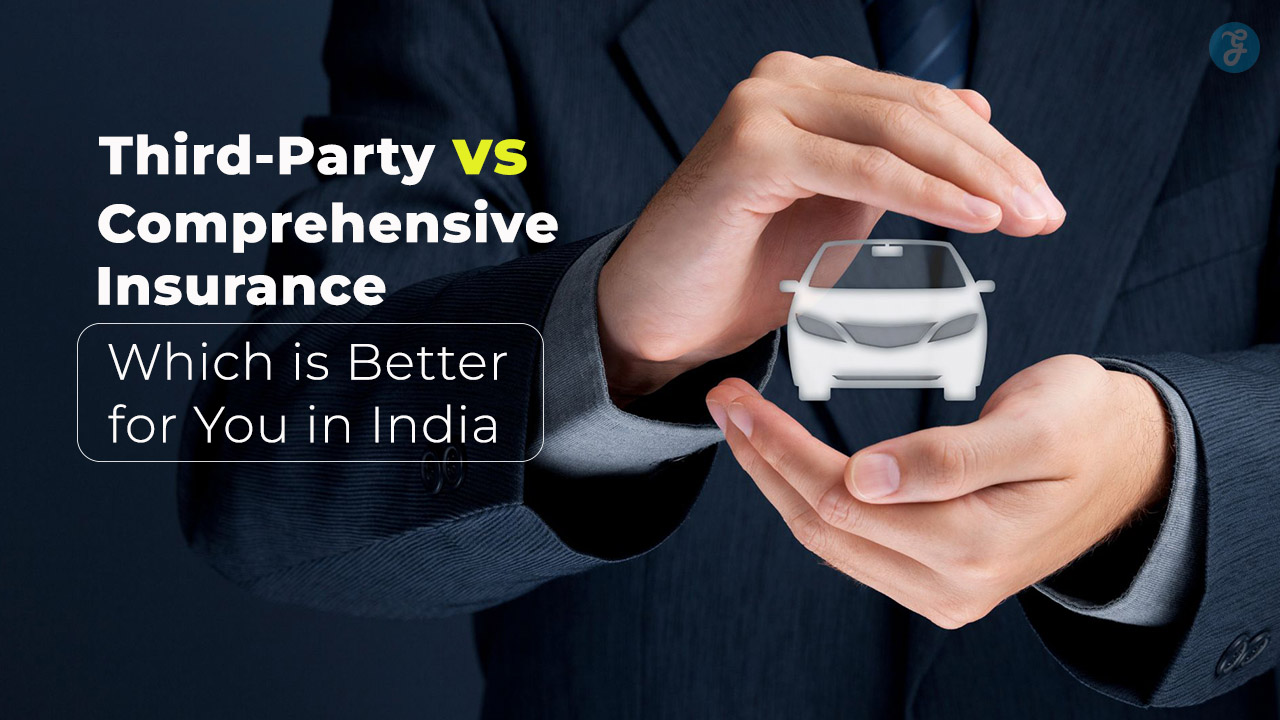Ride-sharing introduces major insurance challenges given the blurry lines between personal and commercial driving exposures. As a result, all associated parties – drivers, passengers, and other motorists – should closely examine their insurance programs to avoid potential gaps that could lead to financial devastation.
Here are things you should consider.
What risks are introduced when using your personal vehicle for ride-sharing services?
Using your own car for ride-share driving creates some additional risks not covered by a standard personal policy:
- Increased mileage and wear/tear raise the chances of damage or breakdown
- Transporting strangers increases the risks of accidents or inappropriate behavior
- Periods without passengers still involve commercial driving hazards
- Business equipment claims like spilled coffee damaging the interior
- Coverage gaps between personal and ride-share contingent policies
Make sure you have adequate coverage limits, and deductibles you can afford, and understand exclusions with any ride-share policy. Also, take preventative measures like installing cameras and avoiding unsafe situations.
How much rideshare insurance coverage should I have?
Experts recommend getting a rideshare policy with:
- $1 million per incident liability coverage
- $1 million in uninsured/underinsured coverage
- Comprehensive and collision with no less than $1,000 deductibles
The more coverage, the less risk you carry from high-cost accidents or lawsuits. Compare rates as limits increase, balancing cost and adequate protection. Also, consider business use endorsements to your personal policy for when the ride-share apps are off to avoid gaps.
Can I drive for several at the same time?
You can be logged into multiple ride-hail apps simultaneously, but insurance coverage gets complicated here. Issues arise like:
- Passenger liability – Carrying a Lyft passenger while waiting for an Uber ping may not be covered properly.
- Distracted driving risks – Apps open together likely means more distraction.
- Coverage gaps – In a trip or en route to pick up, accidents may not be covered without ride-share policies from each company.
Experts recommend only driving for one TNC at a time to simplify insurance needs. Or make absolutely sure you fully understand exclusions and liability scenarios with both Uber and Lyft contingent policies if driving for both.
What happens if I get into an accident while waiting for a ride request?
If you have an accident between ride-share trips, here is how it typically works:
- Ride-share insurer – Unlikely to pay anything since there was no passenger or active trip at the time.
- Your personal insurer – Again will likely deny a claim once they learn the car was being used commercially at the time.
- You’re probably out of luck – May have to cover all damages and injuries yourself if no other insurance applies.
This “period 1” gap is why commercial endorsements and business use add-ons to your personal policy are so important. They cover you whenever the app is waiting for pings. Otherwise, you may pay dearly for accidents between rides.
How much do Uber/Lyft drivers make (after insurance and expenses)?
Though drivers can gross over $20+/hour at times, average hourly net pay is often only $8-12 once you calculate:
- Gas – Takes over 10% typically
- Vehicle wear and tear – Estimate $.30 per mile
- Ride-share insurance – Often $150 to $350 monthly
- Income taxes – Owe 15-20% of net profit
The pros of flexibility and being your own boss are great. But calculate carefully if ride-share work still pays enough after direct driving expenses and proper insurance.
Should I tell my insurance company if I drive for a ride-share company?
Yes.
Here’s why:
- They will likely cancel your policy – Driving for Uber/Lyft is commercial use and excluded by most standard policies.
- You won’t be covered – Claims for accidents while ride-share driving will be denied if undisclosed.
- It may be insurance fraud – Not revealing ride-share work risks voiding policies.
Check with insurers about add-ons like business use endorsements or hybrid commercial policies to properly cover ride-share work. And consider commercial-first providers catering to gig economy work. Honesty is key when insuring your vehicle.
How much more expensive is ride-share insurance compared to regular car insurance?
The cost increase depends on your location, driving history, age, vehicle, and more. But on average expect to pay:
- Regular policy – $100 to $150 monthly is typical
- Ride-share add-on – Adds about 10% to 20% to premium ($10-$30 more)
- Standalone ride-share policy – Usually $150 and up per month
Insurers gauge rates based on risk. More miles driven and transporting strangers raise the chances and severity of accidents. But you should get quotes from several providers as prices can vary greatly. And set aside 20-30% more at a minimum if you are ride-share driving part or full-time.
Do I need commercial car insurance or business use coverage?
Yes, using your vehicle for ride-share driving is legally considered a commercial activity. Personal auto policies explicitly exclude this in their contracts. So you need one of two options to comply with laws and actually be covered while ride-share working:
- Commercial policy – Replacing your personal car insurance with a full commercial liability and physical damage policy that allows for transporting passengers in your vehicle for hire. More expensive but fully covers the risk.
- Business/commercial use add-on – Some insurers offer endorsements or add-ons allowing limited commercial use like ride-sharing for an additional premium charge. This amends a personal policy to cover you part-time without the cost of a standalone commercial policy.
Check options and pricing from carriers in both categories to make sure insurance adequately covers the commercial exposure created by driving for Uber, Lyft, etc.
Can Uber drivers collect insurance for accidents they cause?
It depends.
Here’s how it works for Uber/Lyft drivers:
- You are at fault – No coverage for vehicle damage or medical bills if the personal insurer drops you. Major liability if someone is injured or killed.
- The other party is at fault – You can make an injury claim against their liability policy and property damage claim against their collision policy if not excluded. Most personal auto policies exclude coverage while driving commercially. The other party’s insurer denies paying anything in many cases due to your commercial ride-share status at the time of loss.
- You need ample ride-share and business use coverage – This helps pay for damages and closes gaps in the claims process to get compensation from at-fault parties.
Uber and Lyft’s contingent liability policies cover damages and medical bills for passengers if another party is at fault. However, drivers often have inadequate coverage if they cause an accident or try to file a claim. And so carrying proper ride-share and personal policy endorsements helps enormously when trying to get compensation through personal injury claims.
What happens if my car is damaged by a ride-share passenger?
As a ride-share driver, your vehicle risks damage from passenger behavior like:
- Vandalism or malicious mischief
- Food/drink spills
- Door slams or kicked seats
- Stolen vehicle parts or equipment
If a guest damages your car, turn to:
- Your comprehensive auto coverage – If purchased, pays for damage from non-collision incidents minus your deductible. This may not apply if a personal insurer drops you after learning about ride-share work.
- Ride-share coverage – Some policies offer coverage for damage by passengers. But minimal limits like $1,500 mean paying large repair bills yourself.
- The passenger – Uber and Lyft promise to seek repayment for documented damage by passengers. But you often still pay out-of-pocket upfront.
Dash cameras documenting passenger behavior often help with claims. However, preventing damage through rules and vigilance is best. And so consider keeping a separate vehicle just for ride-share work to limit personal asset exposure.
How are insurance claims handled if a ride-share driver hits a pedestrian?
A pedestrian getting hit by an Uber driver liability and claims payment this way typically:
- Your contingent ride-share policy – Covers injuries to the pedestrian up to policy liability limits, often $1 million. May provide slight underinsured coverage if the overall claim value exceeds this limit.
- Your personal auto policy – Only covers the incident if business use is allowed. Even with endorsement, limits are lower than commercial coverage.
- Pedestrian’s insurance – Health, disability, and life insurance policies on pedestrians may cover portions of injury claims not handled by auto coverage.
- You personally – With inadequate ride-share/business coverage, the remaining injury claim value not handled by insurance often becomes your personal responsibility.
The bottom line: buy maximum available liability limits when insuring for ride-share work. Severe pedestrian injury claims can far exceed $1 million. Let insurers pay what they will, but have coverage to protect your finances for worst-case scenarios.
What insurance challenges exist for Uber/Lyft passengers?
Ride-share passengers face some insurance uncertainties as well compared to traveling in traditional taxis or private vehicles.
Issues include:
- Coverage gaps – Many insurance policies may exclude coverages for injuries/damage occurring “while in a vehicle for hire”. Very specific definitions around “commercial use” come into play.
- Shared liability – Ride-share apps have policies that may cover some injury or property damage claims. However, proving the partial fault of a driver can be difficult.
- New risk factors – Ride-share vehicles may be poorly maintained, drivers distracted by apps, and routes unsafe. Additional uninsured coverage is wise.
- High injury risk – Studies show a higher risk of injury accidents from ride-sharing compared to driving your own vehicle or taking traditional taxis.
Ride-share passengers absolutely need ample health insurance and disability coverage limits considering TNC usage statistics. Responsible drivers should inform all personal auto insurers if they drive for ride-hail apps part-time as well to avoid claim denial risks.
Do you need to notify insurance providers about Uber/Lyft usage?
Yes, you should inform any potential insurance providers if:
- You drive for Uber, Lyft, or a ride-share company part-time
- You utilize ride-sharing rather than owning a vehicle
- Members of your household engage in either activity
Proactively informing insurance agents allows them to properly assess risks and determine applicable coverages. Surprises found in the claims process after an accident or injury could result in denied coverage and financial disaster. Responsible ride-share participants disclose this use for optimal protection.
Is there an insurance option that covers both personal and ride-share driving?
Yes, many auto insurers now offer hybrid policies that bundle standard personal car insurance with supplemental ride-share coverage. These options include:
- Usage-based coverage – Covers personal and ride-share driving with premium varying based on mileage and commercial usage percentages.
- Rideshare endorsements/add-ons – Amends a personal policy allowing for ride-share work for a small additional premium charge based on factors like vehicle use, age, location, and more.
- Commercial hybrid policies – Blends personal and commercial coverages all in one policy while keeping the ride-share portion segmented for claims clarity.
Shop multiple carriers to compare rates for combo policies covering both personal and ride-share driving without coverage gaps or conflicts. They provide one integrated solution for TNC drivers.
What other ride-share insurance risks should drivers consider?
On top of auto liability risks, those providing or utilizing ride-share services face other notable insurance exposures like:
- Independent contractor status jeopardizing health & disability coverage
- Passenger incidents exceeding auto liability policy limits
- Major accident costs even with ample auto coverage limits
- Income loss from inability to work after an injury
- Lack of worker’s compensation coverage
Ride-share participants absolutely need ample health insurance and disability insurance limits in place. Also, consider umbrella insurance policies providing additional liability protection above auto policies. And examine gaps in coverage related to contractor employment status and workers’ compensation eligibility after injuries.













































